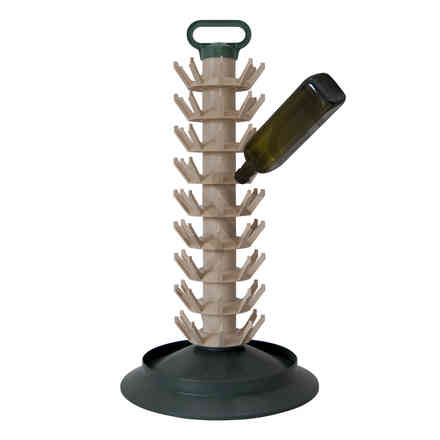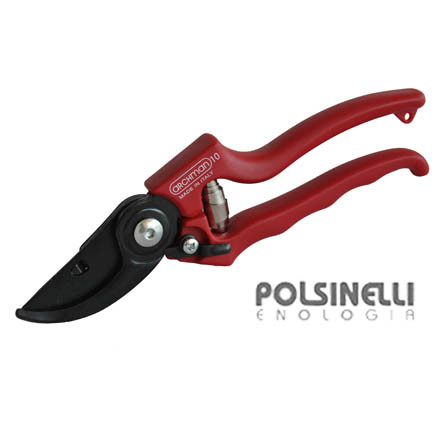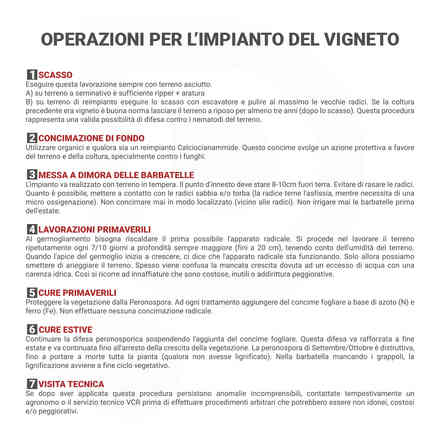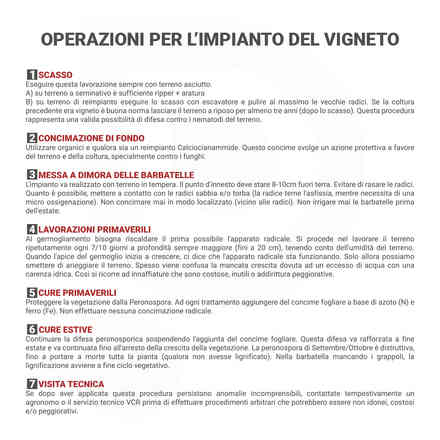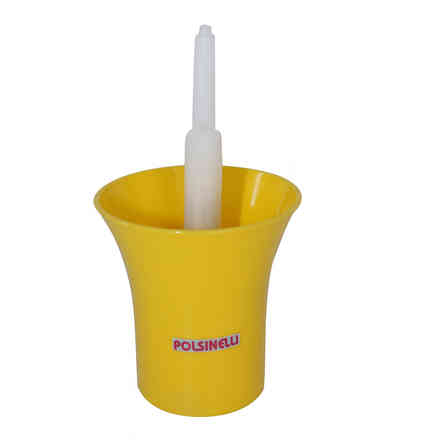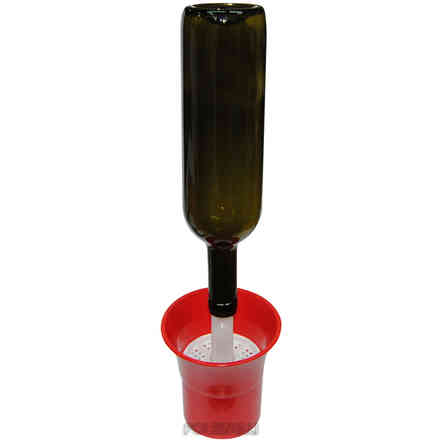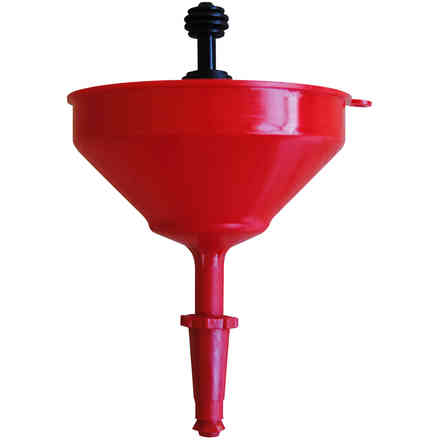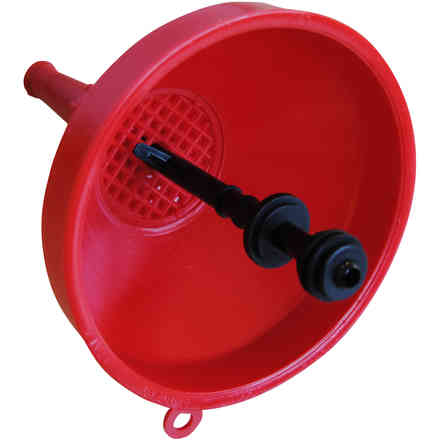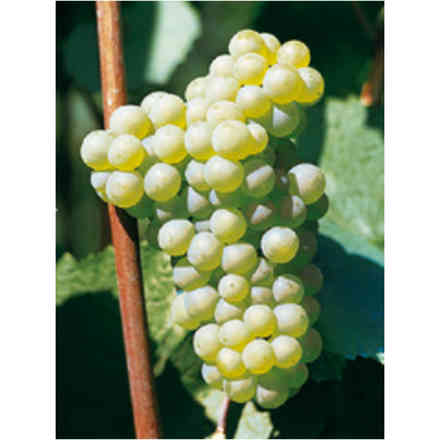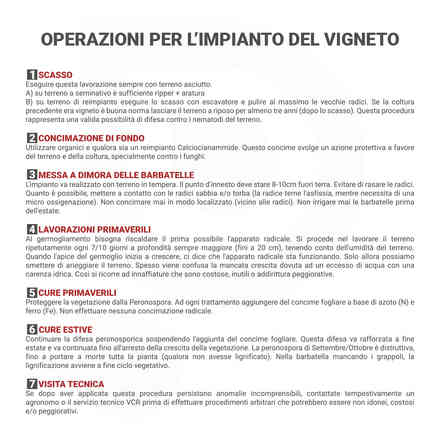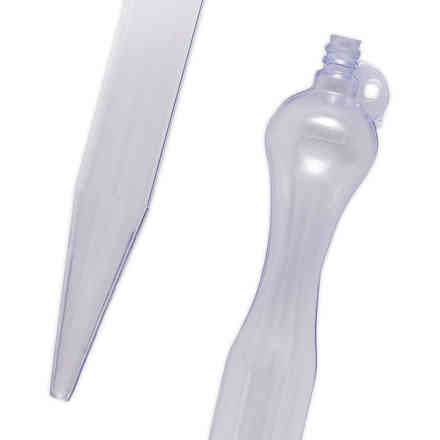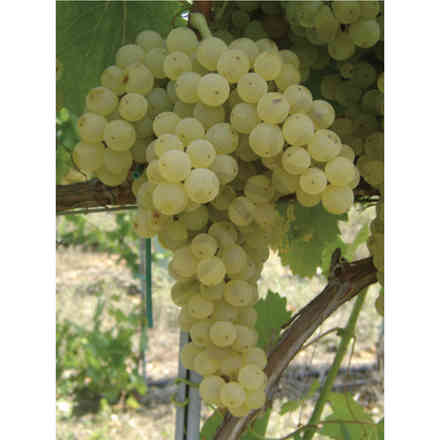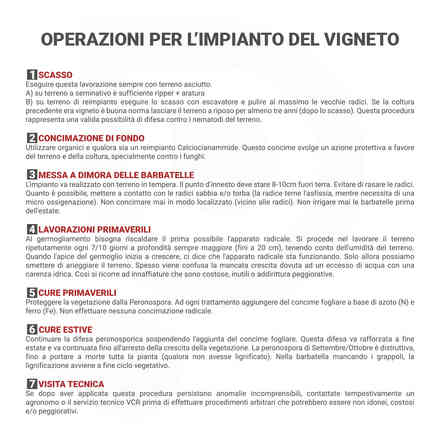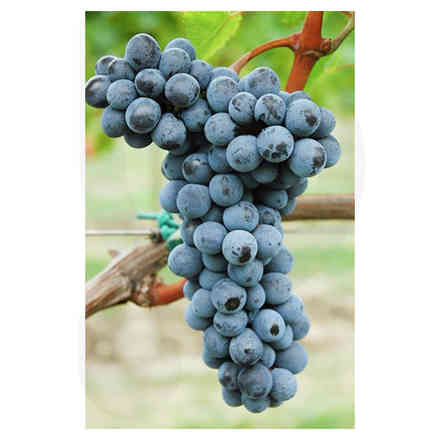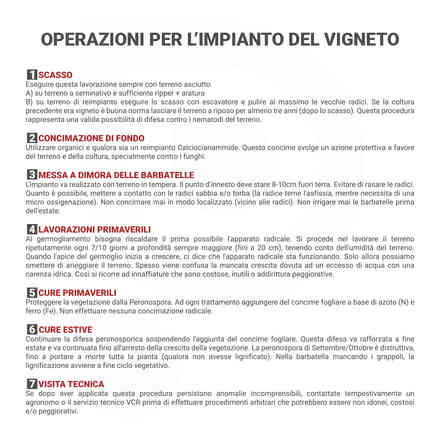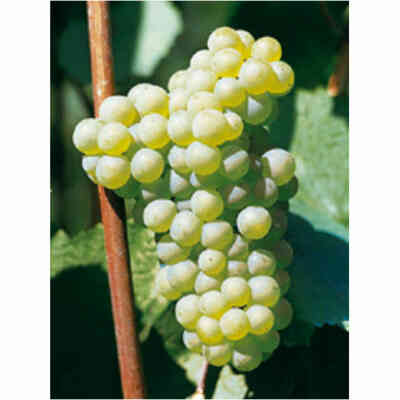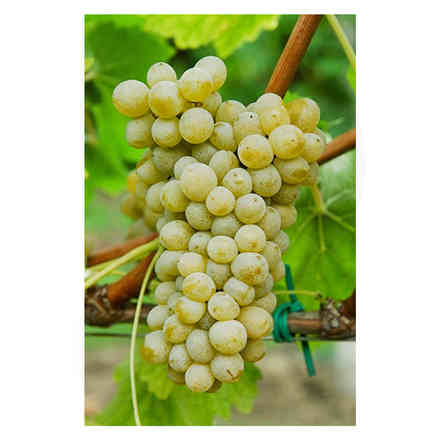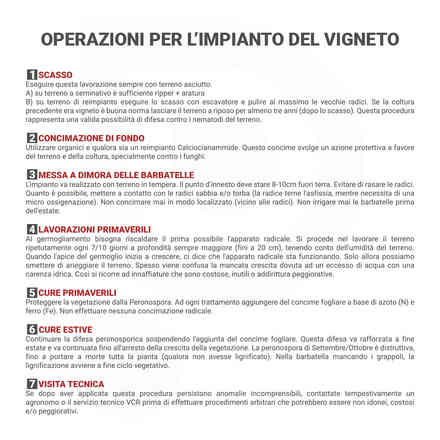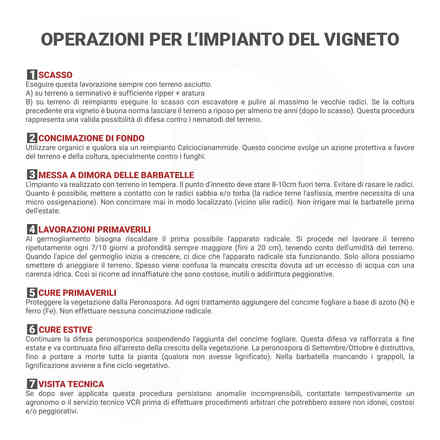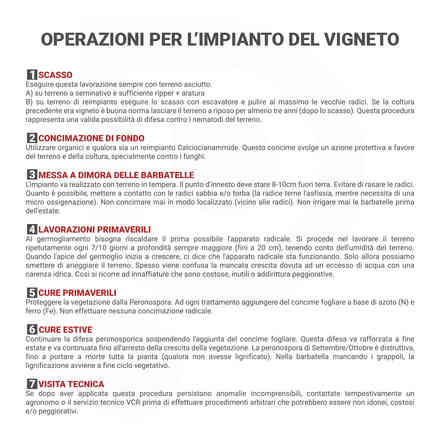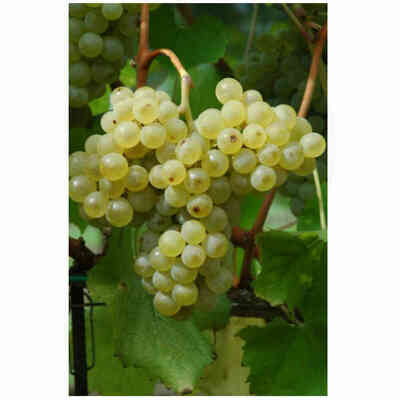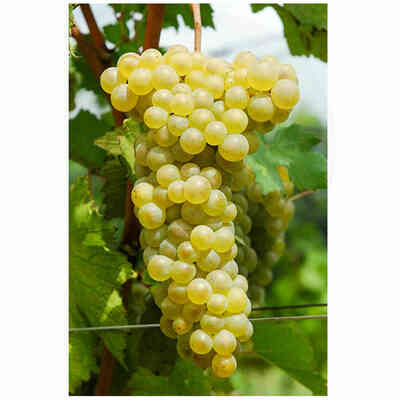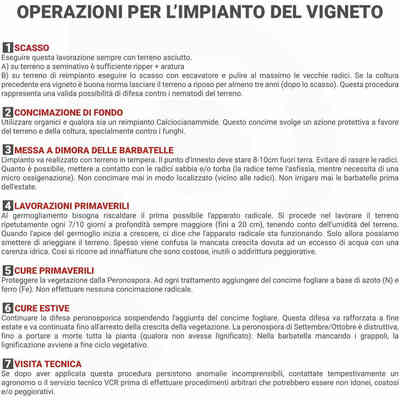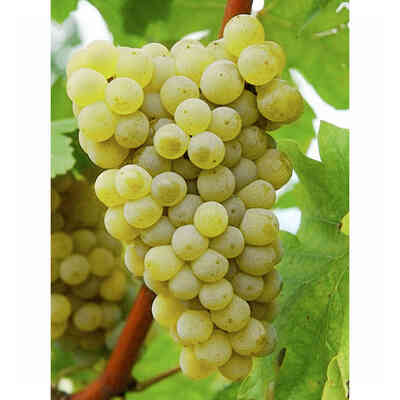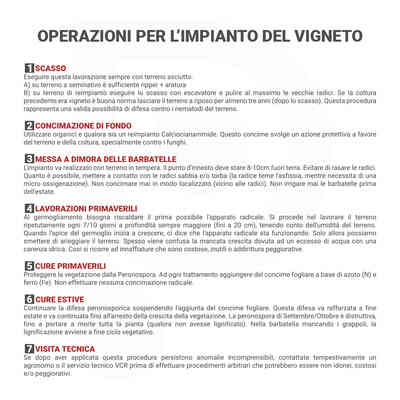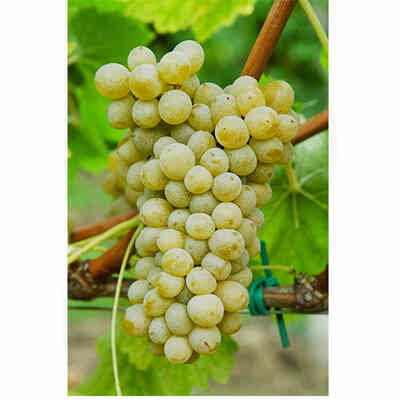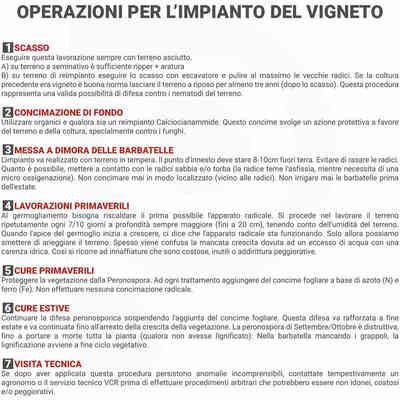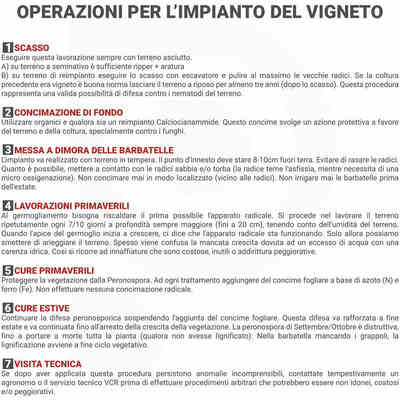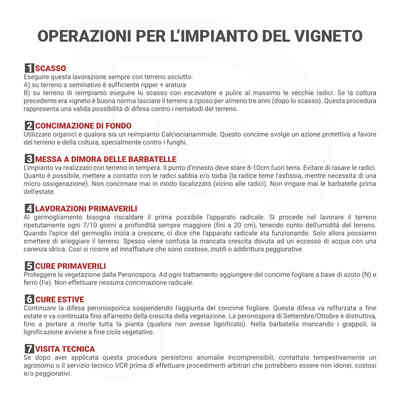Moscato di Terracina (10 pieces)
Description
 AUTHORIZED RETAILER
AUTHORIZED RETAILER
MOSCATO DI TERRACINA (10 pieces)
Rootstocks: 1103P - K5BB - S04 - 140RU - 420A (We will send the graft carrier available at the moment)
Grape variety of probable Syrian origin, perhaps brought to Italy from Greece in the Middle Ages by the Venetians and then spread to the Triveneto area. Also known as Moscato Sirio and in Central Europe as Gelber Muskateller.
- Ampelographic characteristics: the variety is fairly homogeneous, differing substantially in productivity and vigour. Sprout with a very small, expanded, downy, whitish-green apex. Leaves are medium-sized, roundish, sometimes entire with U-V petiolar sinus. Glabrous underside. Irregular, slightly pronounced teeth. Cluster: medium-large, pyramidal with 1 or 2 wings, sparse. Berry: medium-sized, spheroidal; thick, deep yellow skin; slightly crunchy pulp with muscat flavour.
- Viticultural aptitudes: vine with high vigour, erect vegetation and robust shoots with long internodes. It requires slightly calcareous soils of medium consistency, hilly, also rich in skeleton, and ventilated environments.
- Growing and pruning: prefers long pruning and pergola or espalier training systems such as Guyot, Sylvoz and Casarsa.
- Sprouting time: medium.
- Ripening time: medium-early.
- Production: good and constant.
- Sensitivity to disease and adversity: sensitive to excoriation and to iron and magnesium deficiency. Good tolerance of botrytis and winter cold.
- Oenological potential: it is possible to obtain light golden wines with a pleasant muscat aroma that is more pronounced than in Muscat Blanc. Raisin wines can be made, but the most widespread use is in the sweet sparkling wine type.
Clones in multiplication: Moscato Giallo R1, VCR 5, VCR 1 0 0, VCR 1 0 2, ISV-V13.
CULTIVATED AREA IN ITALY
YEAR 1970 1982 1990 2000 2010
HECTARES - 482 179 250 138
RULES TO PLANT A VINEYARD
1. PLOW
You must perform this operation always with dry soil
A) On arable land is generally sufficient to ripper + to plow
B) On planting soil is generally sufficient to plow with an escavator and to clean the old roots.
If the previous crop was a vineyard, it is a good idea to leave the soil fallow for at least three years (after plowing). This procedure represents a valid possibility of defence against soil nematodes.
2. SOIL FERTILIZATION
Use organics and if it is a reimplantation, use Calciumocyanamide.
This fertiliser has a protective effect on the soil and the crop, especially against fungi.
3.PROPAGATING GRAPE VINE CUTTINGS
The planting should be carried out in temperate soil. The grafting point should be 8-10 cm above ground. Avoid shaving the redices. As much as possible, put sand and/or peat in contact with the roots (the root fears asphyxiation, while it needs a micro-oxygenation). Never fertilize in a localized manner (near the roots). Never water the rooted cuttings before summer.
4.SPRING WORKS
When sprouting, the root apparatus must be heated as soon as possible. Work the soil repeatedly every 7/10 days at increasing depth (up to 20 cm), taking into account the moisture of the soil. When the apex of the bud starts to grow, it means that the root system is functioning. Only then can we stop watering the soil. Failure to grow due to access to water is often confused with a lack of water. This is why watering is used which is expensive, useless or even worse.
5.SPRING CURE
Protect vegetation from Peronospora. To each treatment add nitrogen (N) and iron (Fe) foliar fertilizer. Do not make any radical fertilization.
6.SUMMER CURE
Continue with the defense against Peronospora by suspending the addition of the foliar fertilizer. This defense should be reinforced in late summer and should be continued until vegetation growth stops.
The September/October blight is destructive, to the point of bringing death to the whole plant (if it has not lignified). The rooted vine lacks clusters, so lignification occurs at the end of the vegetative cycle.
7.TECHNICAL VISIT
If incomprehensible anomalies persist after this procedure, contact an agronomist or the VCR Technical Service promptly before carrying out arbitrary procedures which may be unsuitable, expensive and/or worsening.






















